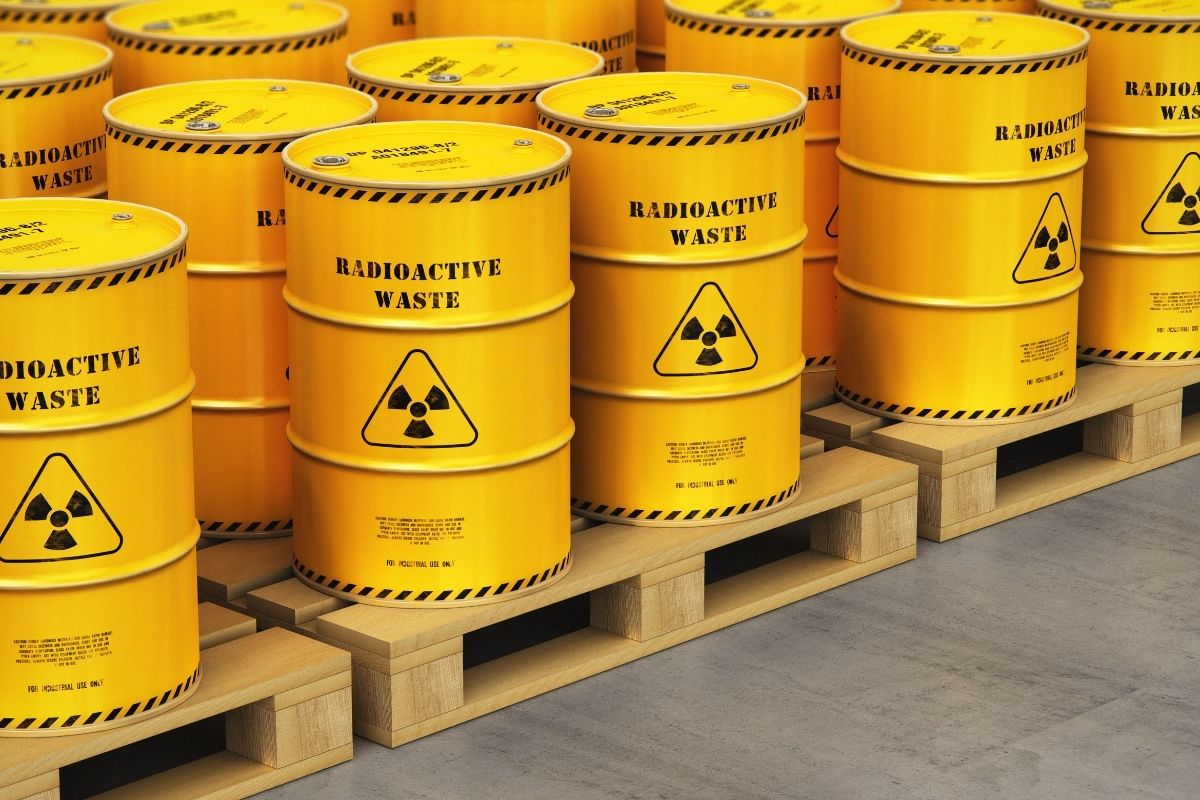Get in Touch with Us
Radioactive Waste Management
Waste Management of Radioactive Waste


Radioactive Waste Management is the practice of safeguarding people and the environment through the safe treatment, storage, and disposal of liquid, solid, and gaseous discharges from nuclear industry operations.
Any activity using nuclear materials generates radioactive waste. The long-lived nature and larger volumes of waste from nuclear energy make this a significant challenge. Regardless of origin, radioactive wastes must be managed safely and economically.
Categories of Radioactive Waste
Radioactive wastes are generally divided into three categories based on radioactivity levels and longevity:
1.Low-Level Waste (LLW):
Contains low levels of radioactivity
Disposed of via near-surface methods
2.Intermediate-Level Waste (ILW):
Contains higher radioactivity than LLW
Requires shielding during handling
Some ILW disposal occurs via near-surface methods
3.High-Level Waste (HLW):
Highly radioactive and thermally hot
Requires secure storage in dedicated facilities
Long-term disposal often involves deep geological repositories, scientifically proven but still debated by civil society
Key Steps in Managing Radioactive Waste
1.Minimization of Waste Generation – Reduce the quantity of waste produced at the source.
2.Conditioning and Packaging – Securely handle waste and provide protection during transport.
3.Interim Storage – Temporary storage until final disposal solutions are ready.
4.Final Disposal – Safe, permanent disposal according to waste type and regulatory standards.
What Constitutes Radioactive Waste
Radioactive waste includes any material that is inherently radioactive or contaminated by radioactivity and has no further use. Whether materials such as nuclear fuel or plutonium are considered waste depends on government policy.
The categorization of radioactive waste is primarily dictated by its level of radioactivity, as summarized above.
Low-Level Waste (LLW)
The content of radioactive in low-level waste (LLW) does not exceed 4 giga-becquerels per tonne (GBq/t) of alpha activity or 12 GBq/t beta-gamma activity. Such wastes do not require protection during handling and transport and is appropriate for disposal in near surface facilities.
Hospitals, industry and the nuclear fuel cycle are responsible to produce LLW. It contains paper, rags, tools, clothing, filters, etc. These include less amounts of mostly short-lived radioactivity. LLW contains some 90% of the volume but amongst that only 1% of the radioactivity of all radioactive waste.
Intermediate-Level Waste (ILW)
Intermediate-Level Waste (ILW) is more radioactive than LLW. While it generates some heat, the heat is not significant enough to influence the design or selection of storage and disposal facilities. However, due to its higher levels of radioactivity, ILW requires shielding and protection during handling and disposal.
Sources of ILW:
ILW typically includes:
Resins
Chemical sludges
Metal fuel cladding
Contaminated materials from reactor decommissioning
Volume and Radioactivity:
ILW accounts for about 7% of the total radioactive waste volume.
It contains roughly 4% of the total radioactivity of all radioactive waste.
High-Level Waste (HLW)
Definition:
High-Level Waste (HLW) is highly radioactive, primarily due to the decay heat generated by its radioactive isotopes. This heat not only raises the temperature of the waste itself but also affects the surrounding environment. Consequently, HLW requires both cooling and shielding to ensure safe handling, storage, and disposal.
Source of HLW:
HLW is primarily produced from the burning of uranium fuel in nuclear reactors.
Volume and Radioactivity:
HLW constitutes approximately 3% of the total radioactive waste volume.
It accounts for about 95% of the total radioactivity of all radioactive waste.
Management Requirements:
Due to its high radioactivity, HLW is typically stored in specialized cooling pools or secure facilities, with plans for eventual deep geological disposal to isolate it safely from the environment for thousands of years.
Very Low Level Waste
Exempt waste and very low-level waste (VLLW) contain radioactive resources at a level which is not measured harmful to people or the surrounding environment. It consists mainly of demolished material (such as concrete, plaster, bricks, metal, valves, piping & more.) formed during rehabilitation or dismantling operations on nuclear industrial sites. Further industries, such as food processing, chemical, steel, etc., also produce VLLW as a result of the concentration of natural radioactivity present in certain minerals used in their manufacturing processes.